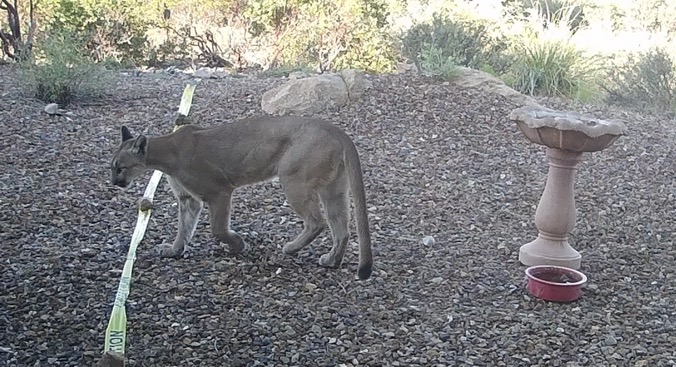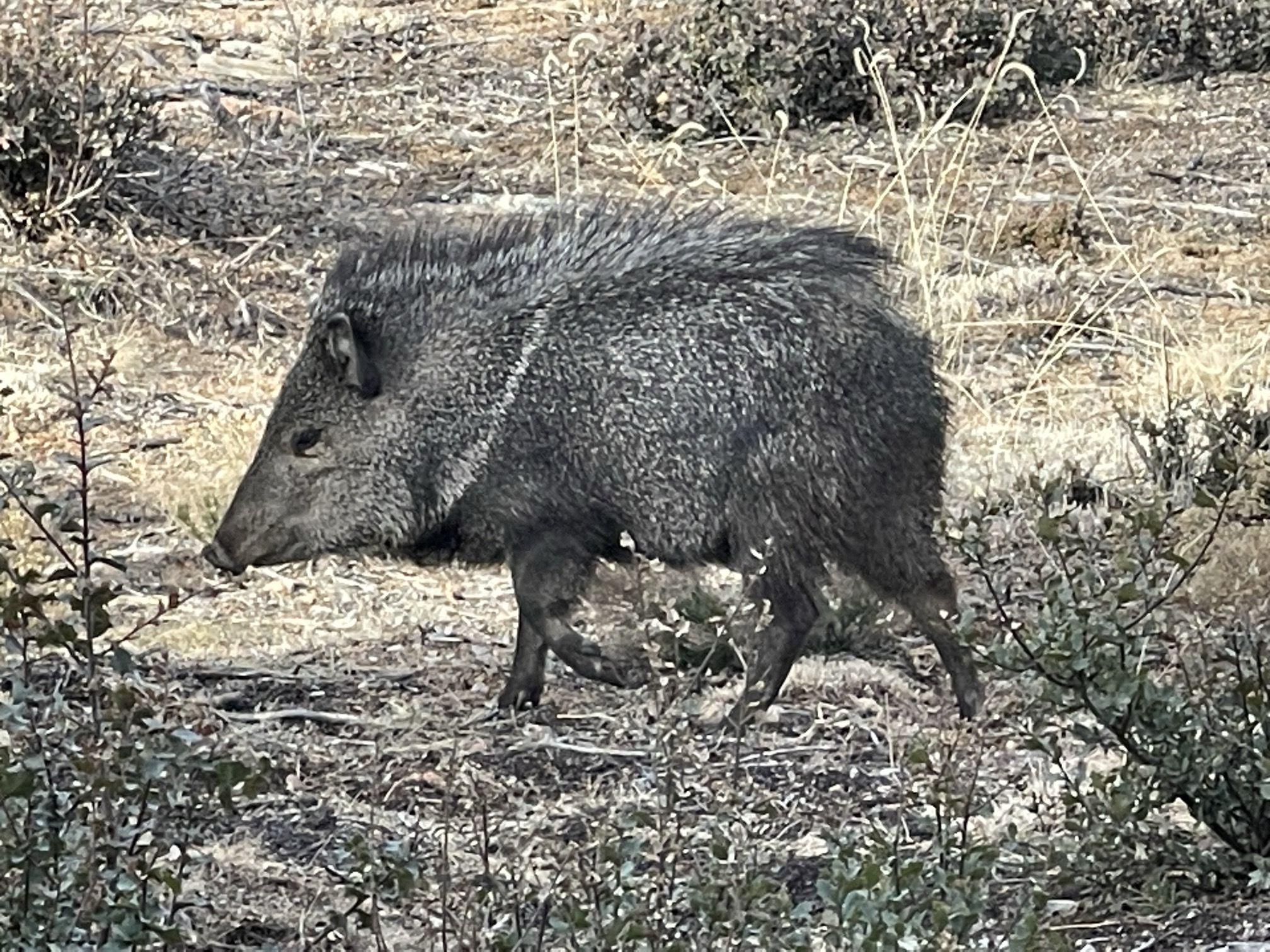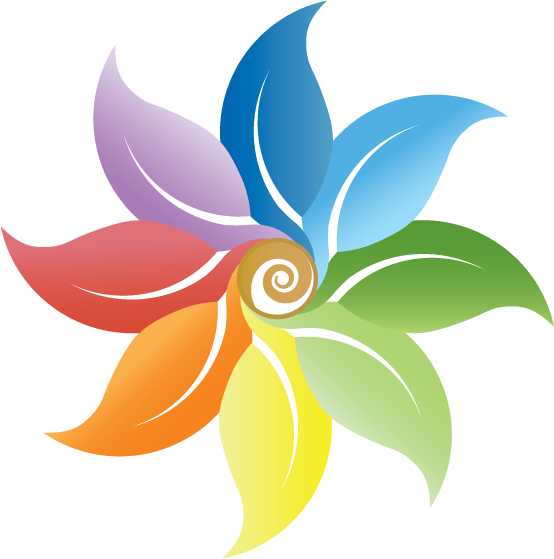February 2023
Building Connections While Setting Boundaries - A Veterinarian's Guide
02/14/2023

Photos by my sister, D August Baertlein
As a veterinarian, I have a strong interest and connection with animals and nature. Much of my self-care approach involves learning and teaching about nature connection and how spending time outdoors observing the natural world helps us to nurture understanding for other creatures and even our fellow humans. In my Self-care Through the Cycles of Nature course, we focus on building connections, recognizing similarities and relationships between ourselves and the rest of the natural world. Empathy, compassion, celebration, gratitude, love, acceptance, and even forgiveness is explored.
With all this connection, where do boundaries fit in? How do we also protect ourselves from those who may, intentionally or not, cause us harm? In my experience not only in veterinary business, but in many everyday interactions, knowing my personal limits and establishing boundaries is crucial for interpersonal relationships and happy outcomes.
The first rule of going out into nature is to learn about the hazards you may encounter. We learn about poisonous snakes, insects, and plants. We learn how to behave when meeting up with large potential predators such as bears or mountain lions. We study their habitats, movements, growth patterns, and lifecycles to understand what makes them tick, and what ticks them off!
This approach can also work for our fellow human beings and the hazards we may encounter in civilization. We can learn how to move respectfully and mindfully across the terrain. “Don’t poke the bear” is important to remember, but what if we do everything we can to maintain peaceful relations and still have a threatening encounter?
When a bear or mountain lion (or cat or dog in our vet practice) becomes aggressive, we know that this is most likely a fear response, coming from a place of self-defense. They do not understand that we mean them no harm. They may have been traumatized before, encountered predators that truly did want to eat them or their babies. They may have a strong need to defend their territory or “personal space.” This defensive reaction may be an instinctive response to perceived threat in a new experience. Somewhere in our thinking mind we understand this, but in the moment, we might react with our own triggered response and end up in worse trouble.
We humans have similar built-in fear or stress responses. We know about fight (shouting, argument, or physical violence), flight (running or walking away), and freeze (being immobilized or saying nothing – often mistaken for agreement) Additional human (and animal) responses can include fawn or friend (pacifying or people pleasing), and then there is the straight up faint stress response where our body completely shuts down.
What if we recognized these reactions for what they are – responses to trauma past or present? We often react in this way when we feel helpless, unheard, or misunderstood. Of course, there is a spectrum from mild frustration to much more severe interactions and each individual reacts differently depending on temperament, past experiences, and current state of mind.

With all these potential conflicts and emotions flowing around, how can we anticipate the “hazards” of going out into civilization? What do we do to avoid them? What boundaries can we establish early on in communication so that others understand our needs without us having to go feral to get our point across? How can we reassure someone who has reached that defensive response that we mean them no harm?
As with animals, we may be able to back away, observe and listen. We may need to disengage completely and that is often the safest response for all parties.
In veterinary medicine we learn to prioritize what is most important to accomplish when working with animals that really do not understand what we are trying to do (I highly recommend training in Low Stress Handling, Fear Free Practice and/or Cat Friendly Practice) We learn to distinguish between what is a want and what really needs to get done in this interaction. We discover that often the wants can be postponed or foregone (like a full physical exam) until the animal is less frightened. Sometimes if we push too hard, the next encounter can be even more stressful. Offering treats, watching and listening to body language, and slowing down the process can help and, yes, we may have to tranquilize animals to accomplish needed medical procedures.
As tempting as it may be, we cannot tranquilize our fellow human beings in the same way! We can endeavor to get them help in other ways – medical help, physical or mental help, but for most of us, this is not our territory or our responsibility. Our biggest responsibility – each and every one of us – is to work on ourselves and our own responses, reactions, and mindfulness. What can we do to avoid escalating a situation? Is there time to slow down and listen, to try and understand both sides of the conflict? How do we step away and not engage when the other is not listening or hearing our side?
In martial arts and self-defense training we learn not to meet an adversary head-on. We find ways to circle around, and approach from another angle. I remember being taught that if you were in a physical fight, you had already lost. The goal was always to avoid physical violence. In veterinary medicine that can end with bites or scratches and a trip to the ER, so we really do try to avoid that!
Connection actually helps as a method of self-defense and allows us to establish boundaries through mutual agreement. Connection is something that goes both ways. Even out in the wild as we learn to move through nature in a more respectful way, the animals begin to see us as less threatening. Wild and domestic animals are simply stating their boundaries in the clearest way they know how.
Connection leads to a mutual understanding and can strengthen relationships as we begin to understand and care about the needs of others. Valuing the relationship over other desires helps to distinguish between wants and needs. When we clearly state our rules of interaction and stick to them, people we work with begin to understand and respect those needs. We must also respect the needs of others and work to find a middle ground that satisfies everyone. If this cannot happen, walking away from the relationship may be best for all.
Being in a place of calm self-control, confident in your own needs, helps when establishing boundaries. It is possible, and important, to be available and connected, while at the same time defining your personal limitations. Understand that the boundaries of others may be different, and some may have not yet recognized their own limits and are still working on establishing those. Establishing boundaries and personal rules of conduct can be an ongoing process that we learn more about as we watch and listen to our own inner beast!


